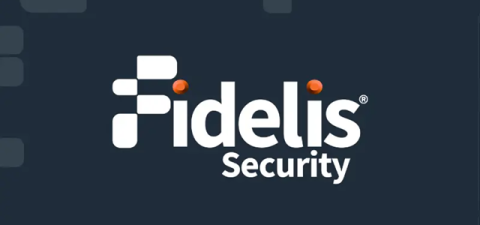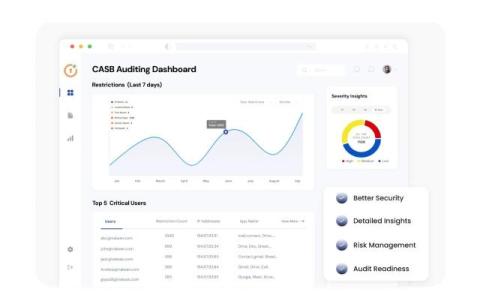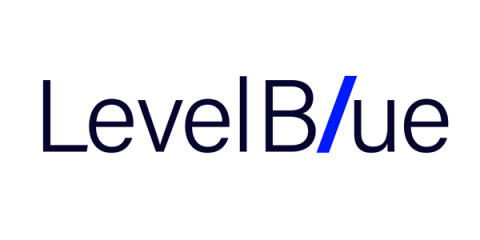Is Facebook Marketplace Really Safe? Find Out
By bringing people in the same area together, online markets like Facebook Marketplace have changed the way people buy and sell things. But this ease of use comes with possible risks, which makes many people wonder: is Facebook Marketplace safe? Every day, millions of people use the site successfully, but there are also a lot of frauds, scams, and safety concerns. Statista says that over 1 billion people use Facebook Marketplace every month, which makes it a great target for hackers.











